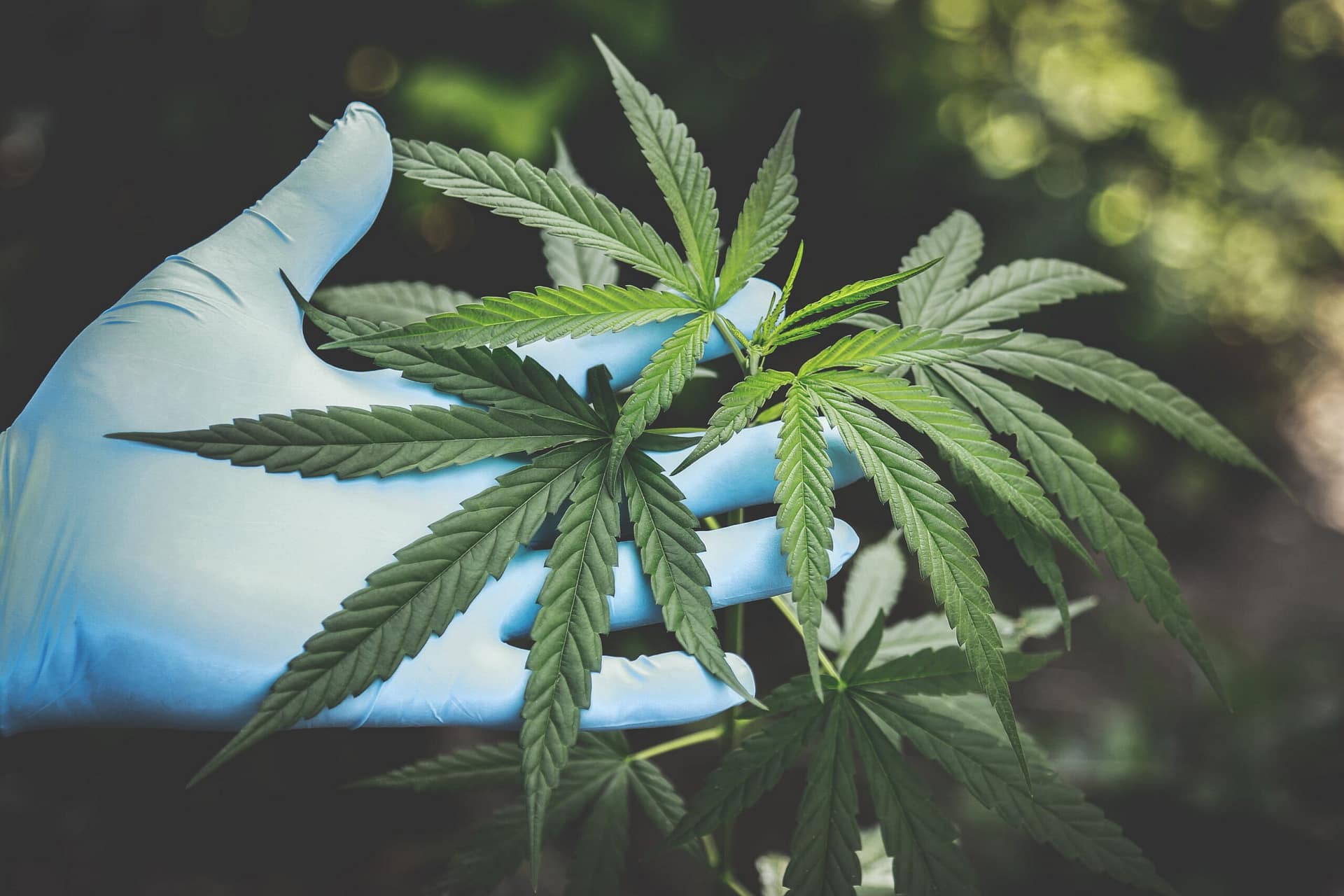In case you’ve ever wondered about the effect of cannabis on nausea and vomiting during chemotherapy, you’ve come to the right place! Many cancer patients undergoing chemotherapy often experience these uncomfortable and distressing side effects, but the question of whether cannabis can provide relief has sparked great interest. In this article, we’ll explore the potential impact of cannabis on alleviating nausea and vomiting during chemotherapy, shedding light on its potential benefits and what scientific research has to say about it. So sit back, relax, and let’s dive into the wonderful world of cannabis and its potential role in managing chemotherapy-induced nausea and vomiting!
Cannabis and Chemotherapy
Chemotherapy, a treatment that involves the use of powerful drugs to destroy cancer cells, often comes with a range of unwelcome side effects, including nausea and vomiting. These symptoms can greatly impact a patient’s quality of life and overall well-being. In recent years, there has been growing interest in the potential use of cannabis as an adjunct therapy to help manage these side effects. In this article, we will explore the use of cannabis during chemotherapy, its historical background in treating nausea and vomiting, the components of cannabis, its mechanism of action, scientific studies examining its effectiveness, different forms of administration, considerations for patients, personal experiences, medical guidelines, and recommendations, as well as future research and development in this field.
Components of Cannabis
Cannabis contains a variety of chemical compounds, with two main components being THC (delta-9-tetrahydrocannabinol) and CBD (cannabidiol). THC is the primary psychoactive compound responsible for the “high” associated with cannabis use, while CBD is a non-intoxicating compound that has gained attention for its potential therapeutic properties. In addition to THC and CBD, cannabis also contains other cannabinoids and terpenes, which are believed to contribute to the overall therapeutic effects of the plant.
Mechanism of Action
The therapeutic effects of cannabis are thought to be mediated through its interaction with the endocannabinoid system, a complex network of receptors and chemicals found throughout the body. This interaction can affect various physiological processes, including the regulation of pain, mood, appetite, and nausea. Specifically, cannabis appears to have an effect on nausea and vomiting receptors in the brain, potentially reducing the frequency and severity of these symptoms. Additionally, cannabis has shown potential anti-inflammatory and antiemetic properties, further supporting its role in managing nausea and vomiting during chemotherapy.
Scientific Studies
Over the years, several clinical trials have been conducted to evaluate the use of cannabis for chemotherapy-induced nausea and vomiting. These studies have consistently shown promising results, with cannabis demonstrating efficacy in reducing nausea and vomiting compared to placebo or standard antiemetic drugs. Although more research is needed to fully understand the optimal dosage, timing, and potential side effects of cannabis use during chemotherapy, the existing evidence suggests that it may be a viable option for patients seeking relief from these distressing symptoms.
Forms of Cannabis Administration
Cannabis can be administered in various forms, each with its advantages and considerations. Smoking and vaporization are common methods of consumption, allowing for rapid onset of effects. However, these methods may not be suitable for patients with respiratory issues or those concerned about the potential risks associated with inhalation. Oral ingestion through edibles and capsules offers a discreet and long-lasting effect, but onset can be delayed and dosing may be less predictable. Topical application in the form of creams and patches allows for localized relief, particularly for patients experiencing chemotherapy-induced skin irritation. Sublingual administration using tinctures and sprays provides a faster onset compared to oral ingestion while avoiding the potential harms associated with smoking.
Considerations for Patients
Before considering cannabis use during chemotherapy, it is important for patients to understand the legal and regulatory aspects of cannabis in their jurisdiction. While the use of medical cannabis is legal in many places, it may still be subject to certain restrictions or require a prescription from a healthcare provider. Patients should also discuss the use of cannabis with their healthcare providers to ensure proper guidance and support. Finding the right strain and dosage is essential, as different cannabis varieties contain varying levels of THC and CBD, which can impact their therapeutic effects. Additionally, patients should be mindful of potential drug interactions with other medications they may be taking.
Personal Experiences and Anecdotal Evidence
Anecdotal evidence and patient testimonials have played a significant role in shaping the perception of cannabis as a therapeutic option for chemotherapy-induced nausea and vomiting. Many individuals have reported significant relief and improved quality of life after incorporating cannabis into their treatment regimen. However, it is crucial to note that anecdotal evidence has limitations and should not be solely relied upon. Personal experiences can vary greatly, and what works for one individual may not be effective for another. Therefore, it is essential to combine personal experiences with scientific evidence and medical advice when making informed decisions about incorporating cannabis into chemotherapy treatment.
Medical Guidelines and Recommendations
Several medical organizations have taken positions on the use of cannabis during chemotherapy. While recommendations may vary, many acknowledge the potential therapeutic benefits of cannabis in managing nausea and vomiting. However, due to the limited research available, these organizations emphasize the importance of individualized treatment plans and caution against using cannabis as a first-line therapy. Healthcare providers are encouraged to engage in open and informed discussions with their patients, considering their medical history, symptoms, and preferences, to provide personalized recommendations based on available evidence and clinical guidelines.
Future Research and Development
Despite the advancements made in understanding the potential benefits of cannabis in managing chemotherapy-induced nausea and vomiting, there is still much to learn. Future research should explore optimal dosage and administration methods, the long-term safety profile of cannabis use, and its potential interactions with other medications commonly used during chemotherapy. Additionally, emerging therapies and pharmaceutical developments may offer new alternatives or complementary options for patients, further expanding the range of therapeutic possibilities in the field of oncology.
Conclusion
In conclusion, cannabis has shown promise in mitigating the symptoms of nausea and vomiting experienced during chemotherapy. The components of cannabis, such as THC and CBD, interact with the endocannabinoid system and nausea receptors, potentially leading to anti-inflammatory and antiemetic properties. Clinical trials have demonstrated the effectiveness of cannabis in reducing chemotherapy-induced nausea and vomiting compared to standard antiemetic drugs or placebo. However, it is essential for patients to consider the legal and regulatory aspects, engage in open discussions with their healthcare providers, find the right strain and dosage, and be aware of potential drug interactions when incorporating cannabis into their chemotherapy treatment plan. While personal experiences and anecdotal evidence can provide valuable insights, they should be complemented by scientific evidence and medical guidelines to ensure informed decision-making and personalized care. Continued research and development in this field will expand our understanding of the therapeutic potential of cannabis and contribute to the continued improvement of chemotherapy-induced symptom management.





